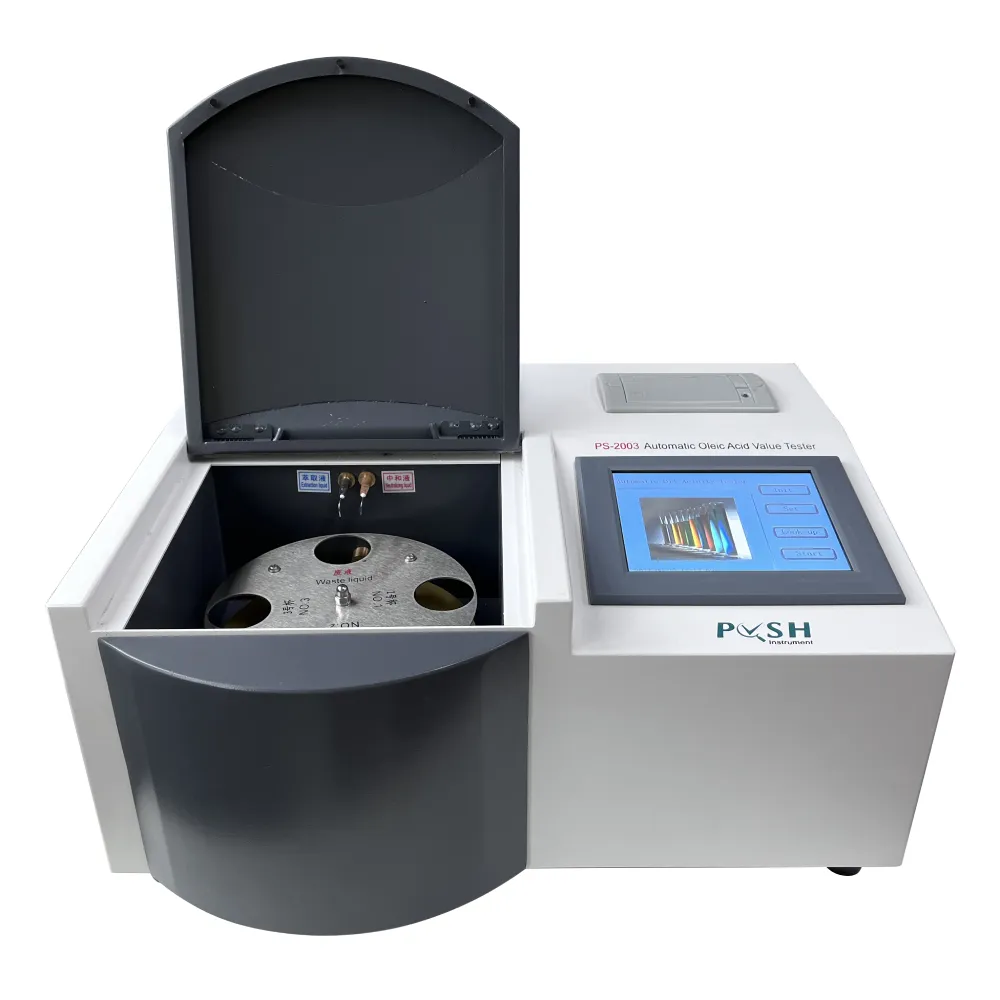 English
English


Comprehensive Study of Turbine Oil Performance and Analysis for Enhanced Equipment Longevity
Understanding Turbine Oil Analysis Ensuring Optimal Performance and Longevity
Turbine oil analysis is a critical aspect of maintaining the efficiency, reliability, and longevity of turbine systems, which are widely used in power generation, aviation, and various industrial applications. By routinely analyzing turbine oil, operators can gain insights into the oil’s condition, identify potential issues before they escalate, and ensure that their equipment operates optimally.
Turbine oil serves multiple functions, including lubrication, cooling, and cleaning. In turbine engines, oils reduce friction and wear between moving parts, dissipate heat generated during operation, and remove contaminants. Given the high speeds and temperatures associated with turbine operation, the condition of the oil directly influences the performance and lifespan of the machinery.
The process of turbine oil analysis typically involves sampling the oil at regular intervals and subjecting it to various tests. These analyses can be broadly categorized into physical, chemical, and contamination assessments.
1. Physical Analysis This aspect evaluates the basic properties of the oil, such as viscosity, density, and color. Viscosity is particularly important, as it affects the oil's ability to flow and lubricate effectively under different temperature conditions. An increase in viscosity could indicate oxidation or contamination, while a decrease could suggest viscosity breakdown due to thermal stress.
turbine oil analysis

2. Chemical Analysis Here, the focus is on understanding the chemical composition of the oil and identifying any degradation products. Tests such as Total Acid Number (TAN) and Total Base Number (TBN) help in assessing the oil's oxidation stability and ability to neutralize acids formed during operation. The presence of wear metals (iron, copper, aluminum, etc.) can indicate the level of wear occurring in the turbine components, offering insights into potential mechanical issues.
3. Contamination Assessment Contaminants can severely impact turbine performance and include water, particulate matter, dust, and microbial growth. Water contamination, for example, can lead to hydrolysis and the formation of sludge, while particulate contamination can cause excessive wear. Therefore, measuring the concentration of these contaminants is essential to maintain the integrity of the oil.
The results of turbine oil analysis provide invaluable feedback to operators
. Anomalies in data can trigger further investigation, allowing for proactive maintenance strategies. For instance, if elevated levels of a particular metal are detected, operators may conduct further inspections on the associated turbine components to prevent catastrophic failures. Moreover, regular oil analysis can help establish trends over time, enabling users to predict when oil changes are necessary or if a turbine may be approaching a significant maintenance issue.In today's fast-paced industrial landscape, where the cost of downtime can be exorbitant, turbine oil analysis is not merely an optional practice; it is an essential component of reliability-centered maintenance. By investing in oil analysis programs, organizations can achieve more efficient operations, extend equipment life, and reduce unplanned maintenance costs.
In conclusion, turbine oil analysis plays a pivotal role in ensuring the smooth operation of turbine machinery. By continuously monitoring the condition of turbine oil, operators can identify potential issues early on, make informed maintenance decisions, and ultimately improve the reliability and performance of their systems. As technology advances, the methods and tools for oil analysis are becoming even more sophisticated, promising a future of enhanced monitoring capabilities and operational efficiency.
-
Differences between open cup flash point tester and closed cup flash point testerNewsOct.31,2024
-
The Reliable Load Tap ChangerNewsOct.23,2024
-
The Essential Guide to Hipot TestersNewsOct.23,2024
-
The Digital Insulation TesterNewsOct.23,2024
-
The Best Earth Loop Impedance Tester for SaleNewsOct.23,2024
-
Tan Delta Tester--The Essential Tool for Electrical Insulation TestingNewsOct.23,2024





